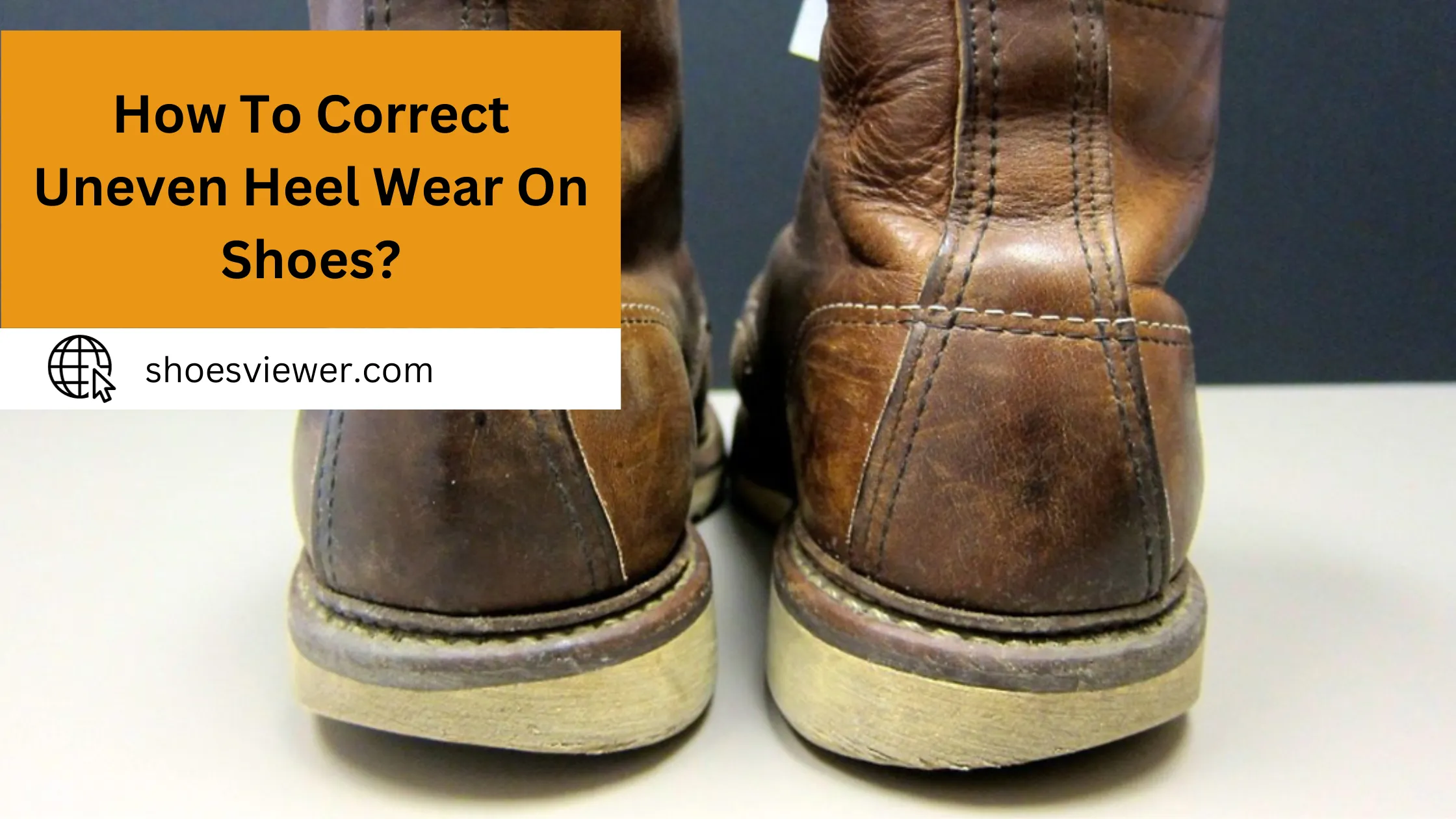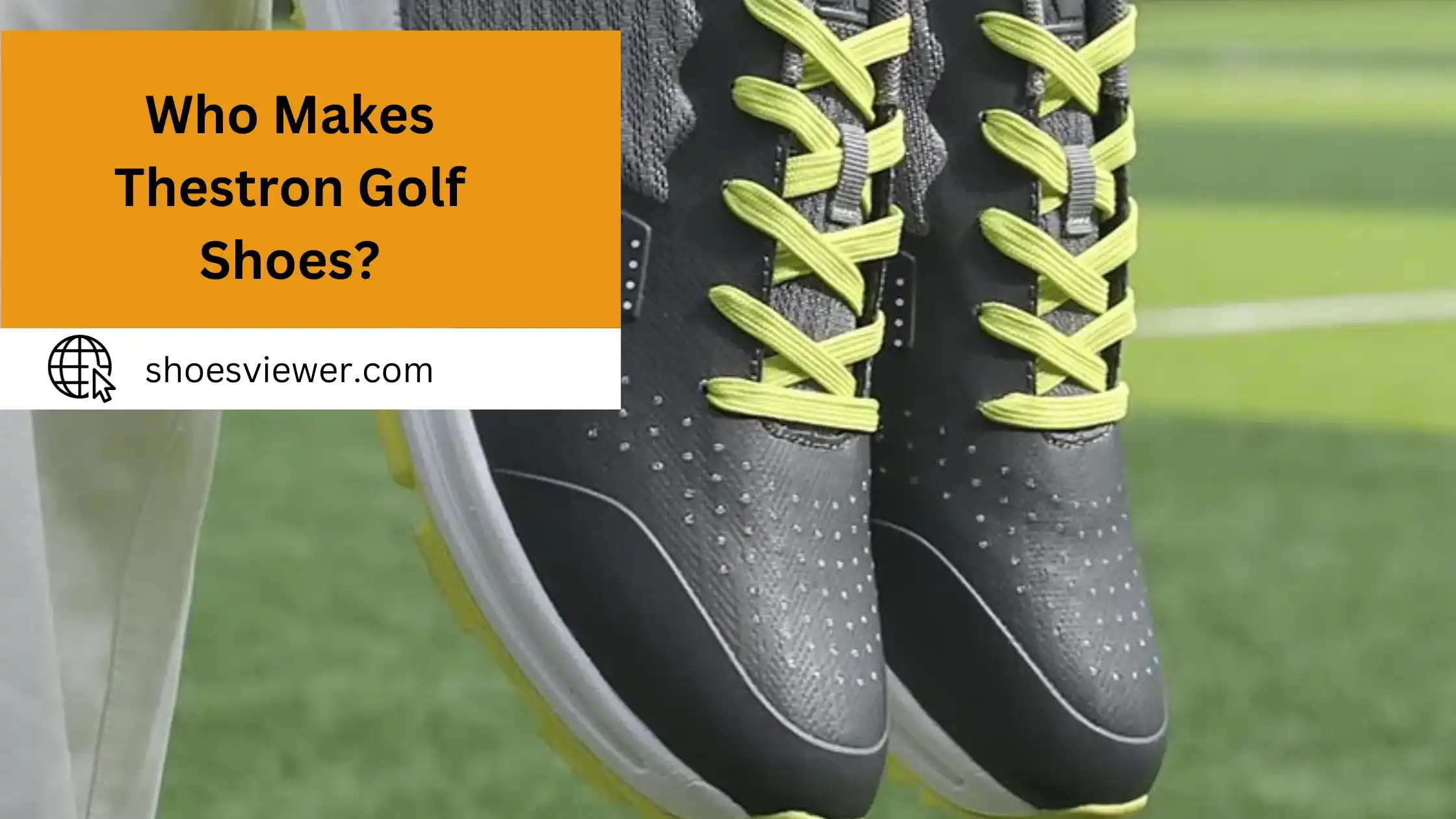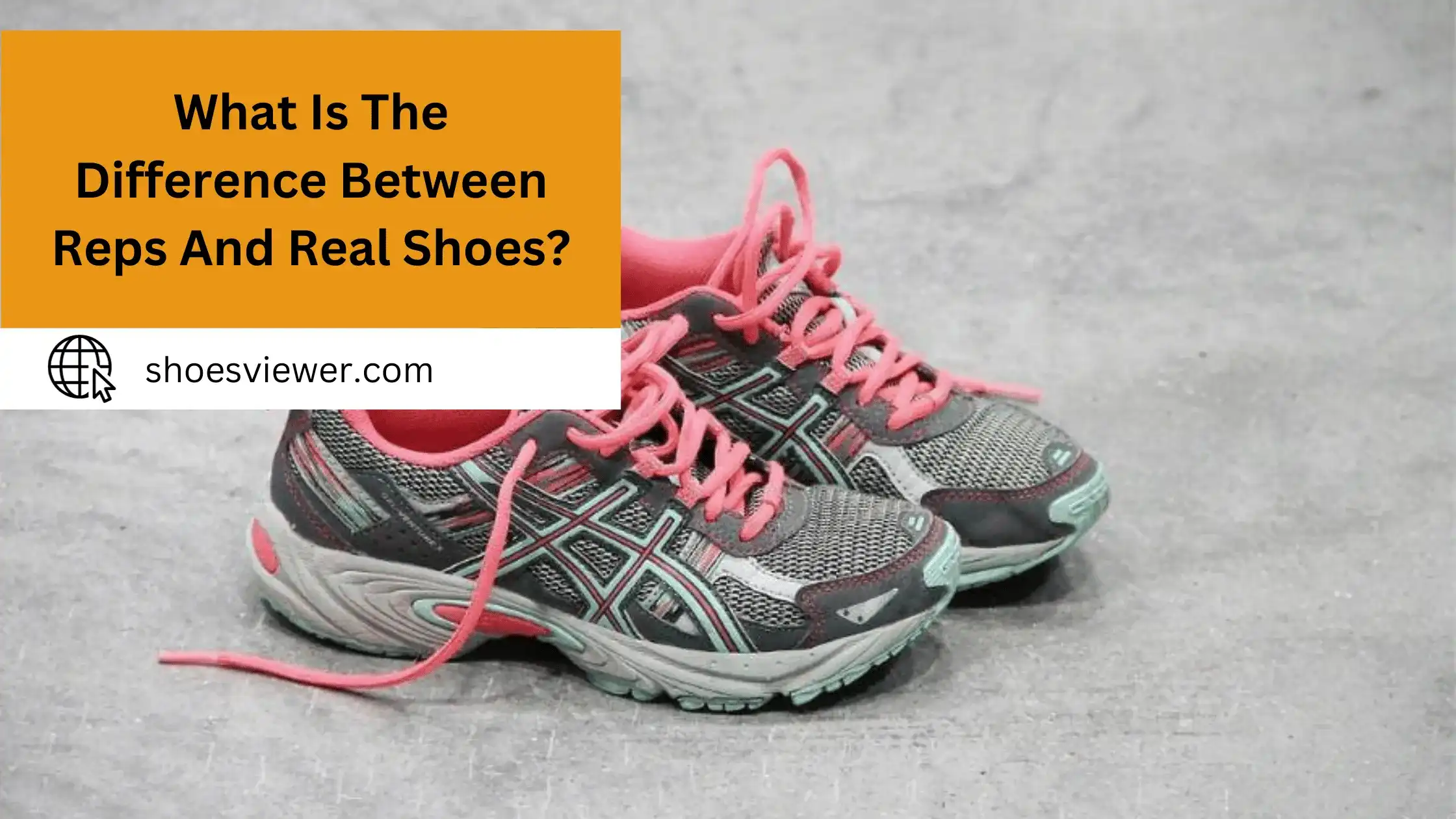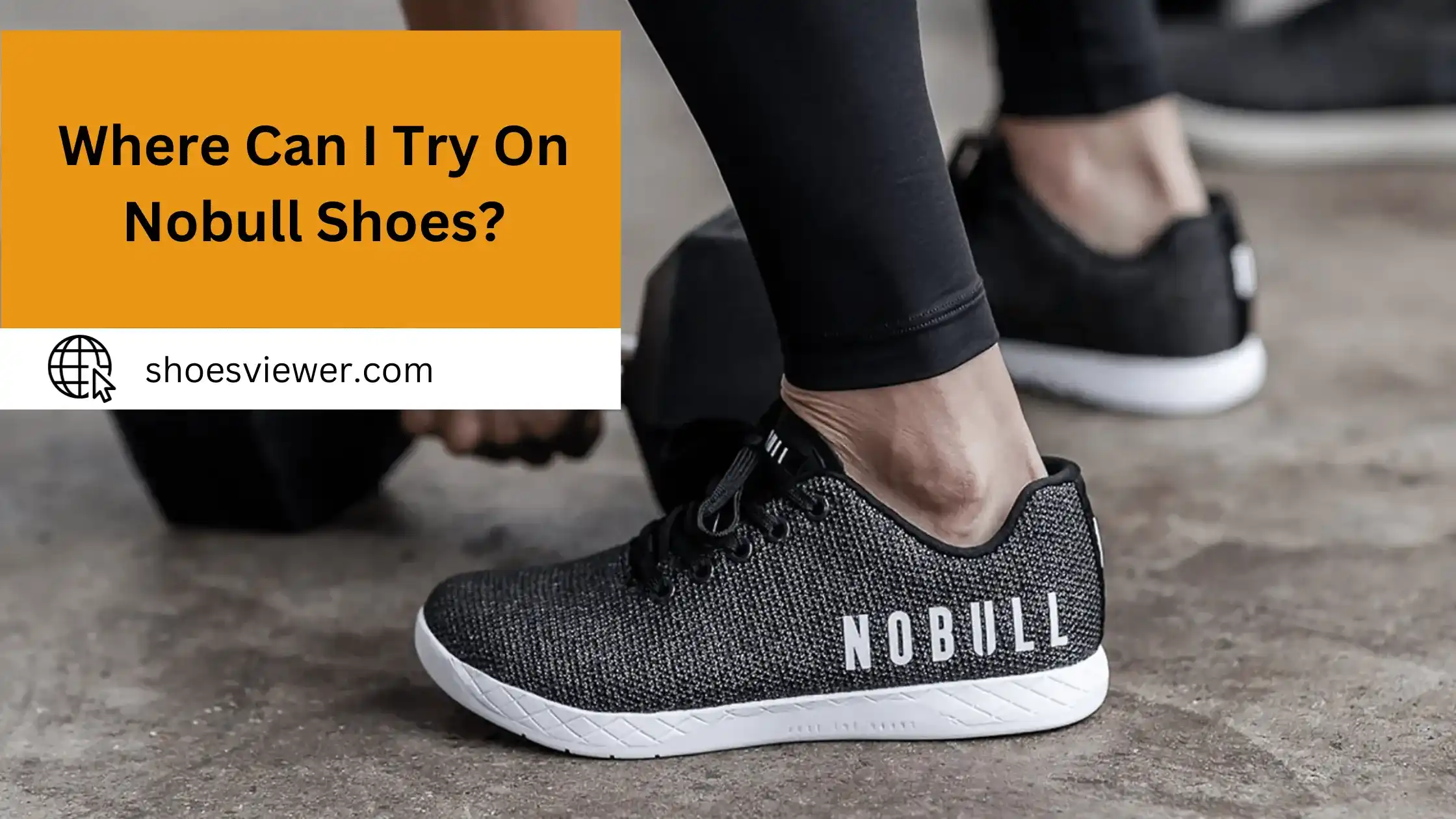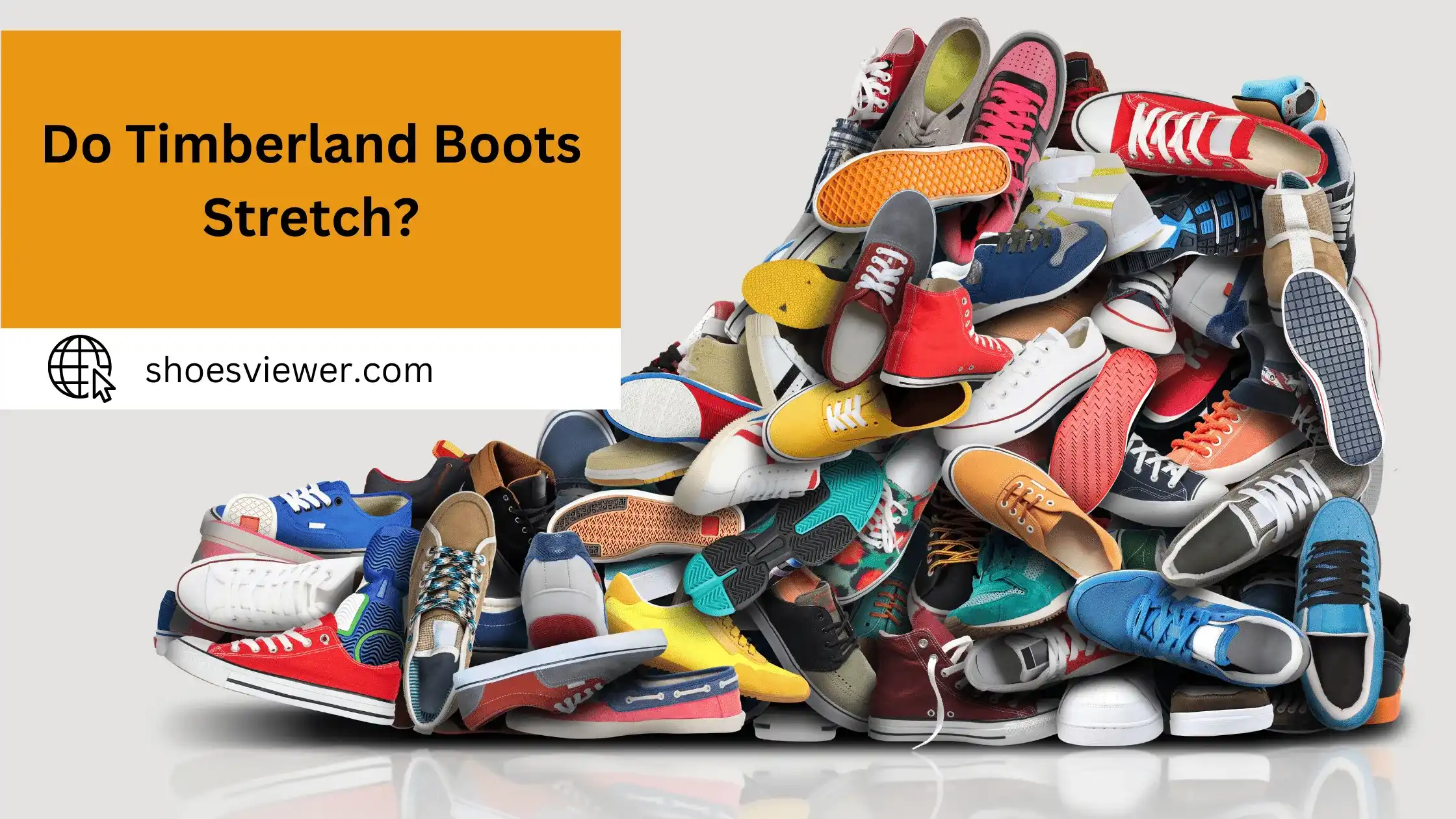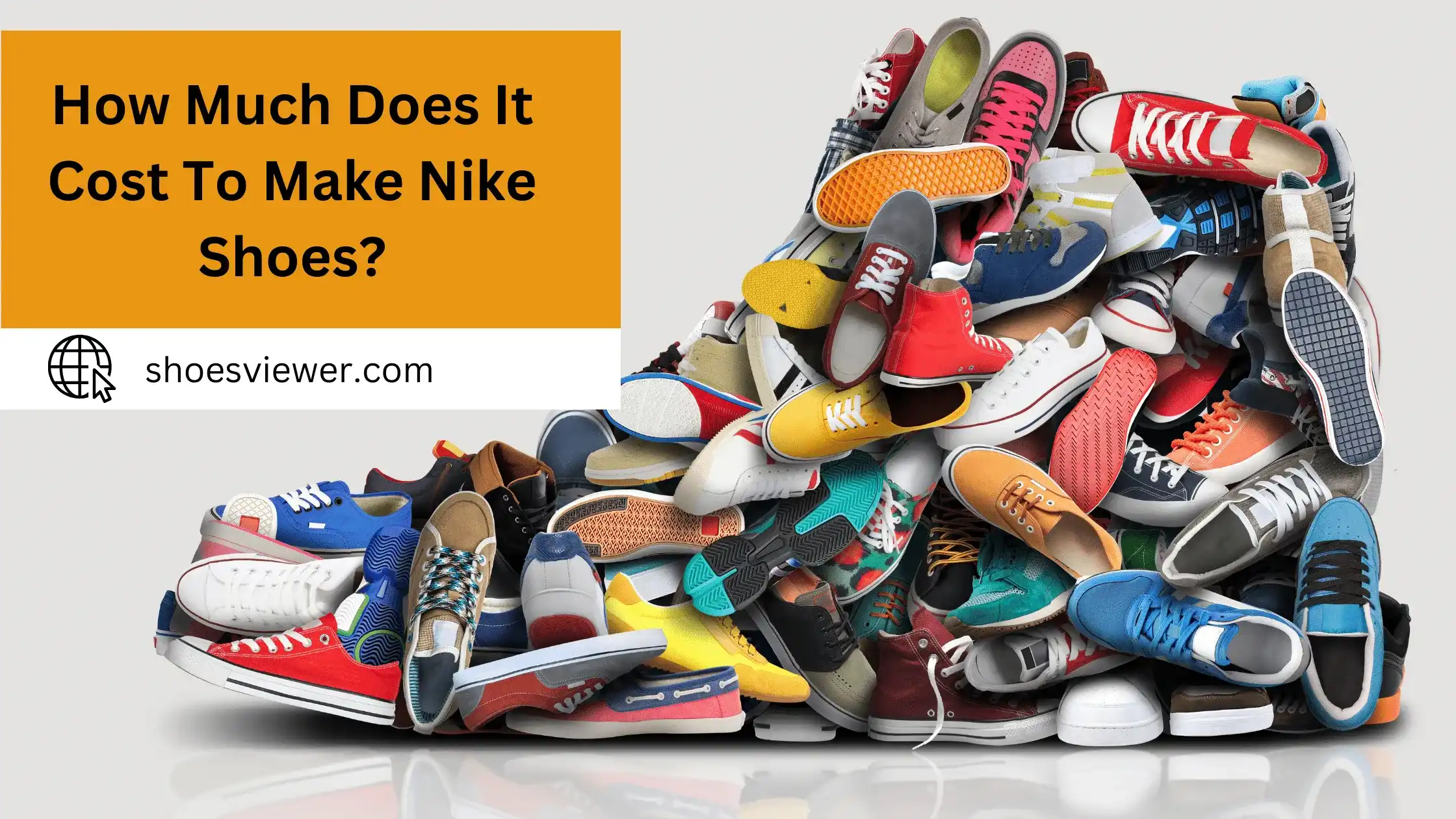Repairing and maintaining your footwear can be challenging, but it’s necessary if you want them to last. Uneven heel wear can be especially troublesome on shoes, causing extra strain and discomfort while walking or standing.
Fortunately, a few simple techniques can be used at home to correct uneven heel wear and restore their beloved shoes to usable condition! We’ll explore what causes uneven heel wear in the first place and provide step-by-step instructions on how to repair it quickly and efficiently.
Sandpaper Method:
Procedure:
Use coarse sandpaper to gently sand the higher side of the heel, bringing it level with the worn side. Make sure to sand in one direction and periodically check for evenness.
Caution:
Don’t overdo it. You want to level out the heel without compromising the shoe’s integrity.
Heel Plates:
Procedure:
Purchase heel plates or taps from shoe stores or online. Attach these to the heel’s bottom, focusing on the more worn side to balance out the wear.
Benefit:
Heel plates also protect the heel from further wear.
Shoe Inserts:
Procedure:
Use shoe inserts or insoles to correct any imbalance in your feet or walking pattern that might be causing uneven heel wear.
Benefit:
Inserts can also provide added comfort and support.
Rotating Shoes:
Procedure:
Regularly switch between different pairs of shoes.
Benefit:
This prevents excessive wear on one pair and can help identify if the uneven wear is consistent across multiple shoes (indicating a gait issue) or isolated to one pair.
DIY Shoe Repair Kits:
Procedure:
Some kits offer materials and tools to rebuild worn-out heels. Follow the kit’s instructions to patch up areas of uneven wear.
Caution:
Ensure the repair is secure to prevent tripping or further shoe damage.
Regular Checks:
Procedure:
Periodically inspect your shoes for signs of uneven wear. Addressing the issue early can prevent it from worsening.
Identifying The Problem: How To Spot Uneven Heel Wear on Your Shoes?
Visual Inspection:
Procedure:
Place your shoes on a flat surface at eye level.
What To Look For:
Check if one side of the heel is more worn down than the other. Commonly, the outer or lateral side of the heel wears down faster, but it can vary based on individual walking patterns.
Feel The Surface:
Procedure:
Run your fingers over the heel.
What to Look For:
You might feel unevenness or rougher patches with more wear.
Look for Asymmetry.
Procedure:
Compare both heels of your shoes.
What to Look For:
If one shoe is more worn than the other, it indicates uneven gait or leg-length discrepancy.
Check Shoe Alignment:
Procedure:
View the shoe from the back.
What To Look For:
The shoe’s centerline should be straight. If it tilts to one side, it indicates uneven heel wear.
Evaluate Walking Comfort:
What to Notice: If you feel an imbalance or discomfort while walking or if the shoe feels unstable, it may be due to uneven heel wear.
Choosing The Right Footwear - Preventing Uneven Heel Wear with Proper Shoe Selection:
Ensuring that your shoes wear evenly starts with selecting the proper footwear. Here’s how to make choices that minimize uneven heel wear:
Correct Size And Fit:
Shoes that fit correctly ensure that your foot is securely positioned, reducing undue stress on any particular part of the heel.
Tip:
Have your feet measured periodically, as foot size can change over time. Remember, the best time to measure your feet is at the end of the day when they’re at their largest.
Stable Heel Base:
A broader heel base provides better stability and evenly distributes your weight.
Tip:
Avoid shoes with narrow heel bases, especially if you’re often on your feet.
Adequate Arch Support:
Proper arch support ensures your foot is well-aligned, reducing the chances of pronation or supination, which can lead to uneven heel wear.
Tip:
Consider orthotic insoles if your shoes lack proper arch support.
Good Cushioning:
Cushioning absorbs impact, reducing the strain on specific heel parts.
Tip:
Look for shoes with midsole cushioning technologies, especially if walking or standing for extended periods.
Shoe Material And Construction:
Quality materials and construction can withstand wear and tear better than cheaper alternatives.
Tip:
Invest in well-made shoes from reputable brands. Genuine leather soles, for instance, can be more durable than synthetic ones.
Even Sole Surface:
A shoe with an even sole ensures that pressure is uniformly distributed across the foot when walking.
Tip:
Check the sole’s surface before purchase. It should be flat and even, without any noticeable bumps or depressions.
By considering these factors when selecting footwear, you’ll be taking steps to prevent uneven heel wear and ensure a more comfortable and healthier foot experience overall.
Walking Habits: How Your Stride Impacts Heel Wear and How to Adjust It?
Awareness:
First, become aware of your walking habits. Pay attention to how your feet strike the ground. Do you tend to land on the outer edges or the inside of your feet?
Heel-to-Toe Walking:
Aim for a heel-to-toe walking pattern. This means your heel should touch the ground first, followed by the football, and then the toes. It ensures even pressure distribution.
Even Weight Distribution:
Avoid leaning to one side when walking. Ensure you’re distributing your weight evenly on both feet.
Consult A Podiatrist
Suppose you notice consistent uneven wear. They can evaluate your gait and recommend exercises, orthotics, or other solutions.
Gait Training:
Physical therapists can offer training to adjust your walking patterns, helping reduce uneven heel wear and other related issues.
Maintaining Your Shoes - Regular Checks And Care To Avoid Uneven Heel Wear:
- Inspect the heels of your shoes every few weeks for signs of uneven wear. Addressing the issue early can help prevent it from becoming severe.
- Use heel taps. These small plastic or rubber attachments can be affixed to the heel’s bottom. They offer an added layer of protection, reducing wear.
- Dirt and grit can accelerate heel wear. Clean your shoes regularly, especially the soles.
- If shoes become wet, dry them naturally from direct heat. Wet heels can wear out more quickly and unevenly.
- Store shoes in a way that retains their shape. Shoe trees or inserts can help maintain the heel’s shape and integrity.
- If you notice uneven heel wear starting, take your shoes to a professional cobbler. They can often resurface the heel, preventing further unevenness.
Conclusion:
Taking proper care of your shoes is essential for their longevity and health, as not only will they last longer, but they can also have a profound impact on the person wearing them. In addition to the tips mentioned in this post, it’s also essential to break in your shoes before wearing them for an extended period or in uncomfortable environments.
Moreover, remember to take them off when you get home or, even better, invest in a comfortable pair of house slippers to protect the soles even further. If you follow our advice on correcting uneven heel wear on shoes and combining these tips with regular checkups and maintenance, you should see a marked improvement in your shoes’ wear over time.
